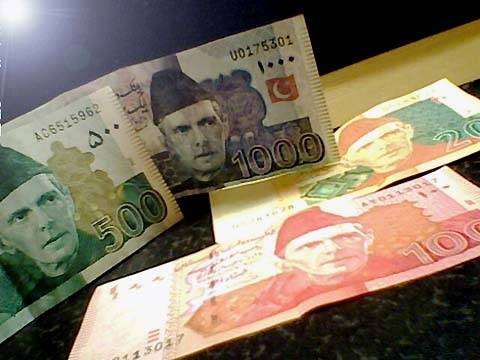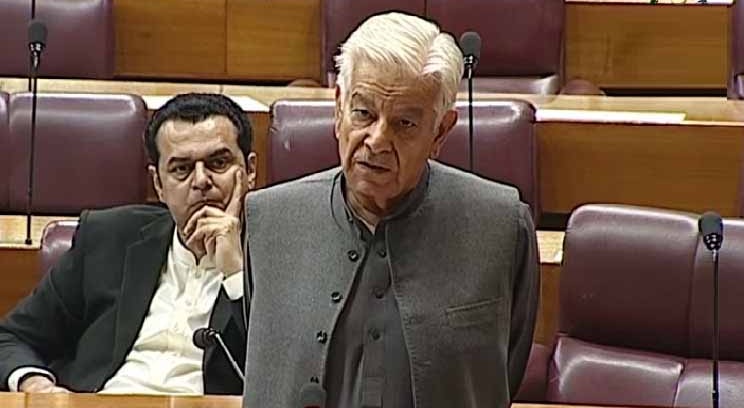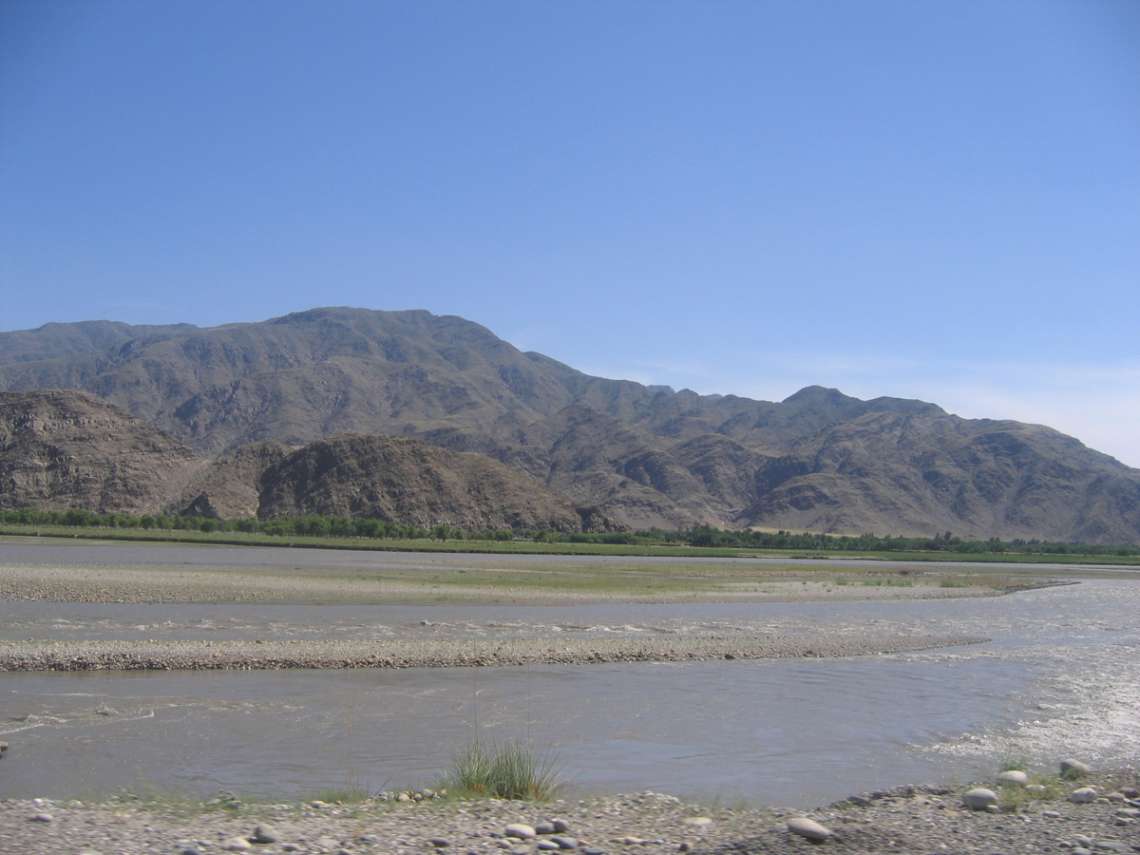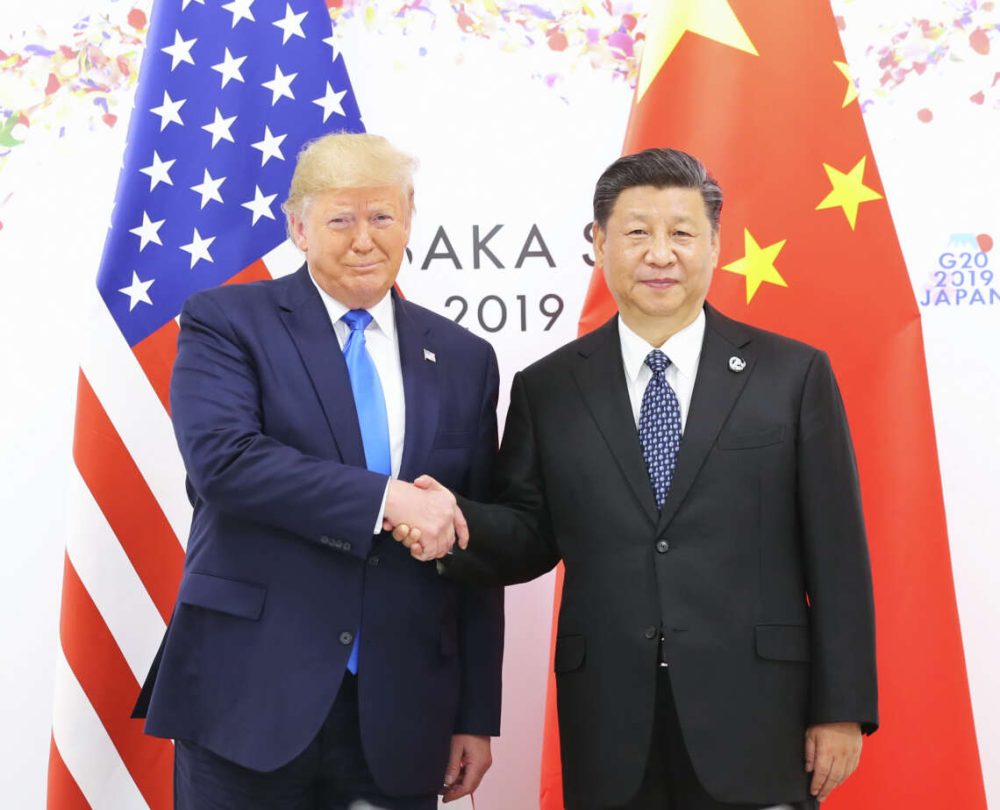The Pakistani rupee has maintained its slump mainly because the US dollar is gaining strength against other major global currencies for the past few days….reports Asian Lite News
The Pakistani rupee plummeted to an all-time low against the dollar, closing at Rs194.18 during intraday trading in the interbank market, down Rs 1.65 from Friday, Geo News reported.
The local currency surpassed the critical threshold of 194 for the first time in the history of Pakistan on Monday.
The rupee has declined by nearly Rs 7 against the greenback in April.
The Pakistani rupee has maintained its slump mainly because the US dollar is gaining strength against other major global currencies for the past few days.
However, the recent decline came on the back of the uncertain economic situation due to delay in decision-making and a stalled International Monetary Fund (IMF) programme.

The market reacted negatively to the government’s decision to keep prices of petroleum products unchanged, said Arif Habib Limited Head of Research, Tahir Abbas.
“The decision taken by the government on Sunday evening to maintain prices triggered the uncertain environment or the investors,” he added, explaining that the investors are now concerned regarding the revival of the IMF programme.
The political unrest owing to Pakistan Tehreek-e-Insaf protest campaign against the government is eclipsing the new economic team’s focus on economic firefighting which is also adding pressure on the dwindling rupee.
Former Prime Minister Imran Khan has announced to march with millions of his supporters towards Islamabad after May 20 to demand new elections to add to the troubles of the economically-challenged Pakistan Muslim League-Nawaz-led government, Geo News reported.
The Pakistan Stock Exchange witnessed major selling pressure on Monday as the benchmark KSE-100 index shed over 1,000 points at the start of the day.

Meanwhile, Pakistans foreign exchange reserves dropped to their lowest level since December 2019 at $16.4 billion in the week that ended May 6, from $16.5 billion a week earlier owing to increasing current account and trade deficits, higher external debt payments and dried dollar inflows.
The country’s reserves declined by $178 million or 1.1 per cent on a week-on-week basis to stand at $16.376 billion, The News reported citing central bank data.
The central bank reserves also fell to a 23-month low.
The delay in the revival of the International Monetary Fund bailout along with lack of pledges of funding from friendly countries is adding pressure to the foreign reserves and the local unit.
Samiullah Tariq, the head of research at Pakistan-Kuwait Investment Company, said decline in reserves is nominal.
“However, in terms of imports cover we are lower than three months, and we have to go into the IMF program to stabilise the reserves.”
Prime Minister Shehbaz Sharif, who took office last month after ousting Imran Khan, faces a battle to secure the revival of the IMF bailout as it’s a prerequisite for further financial assistance from other bilateral and multilateral creditors, The News reported.
The country needs quick foreign currency inflows to meet import and debt payments amid falling foreign exchange reserves.
However, the present government will have to cut costly energy subsidies, which were introduced by the former government.
It requires increasing petroleum and electricity prices to get the nod from the IMF for the release of the next loan tranche.
Sharif visited Saudi Arabia and the United Arab Emirates last week but didn’t manage to obtain pledges of immediate financing.
A rollover of $2.3 billion Chinese commercial loans has also not been materialised yet.













